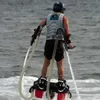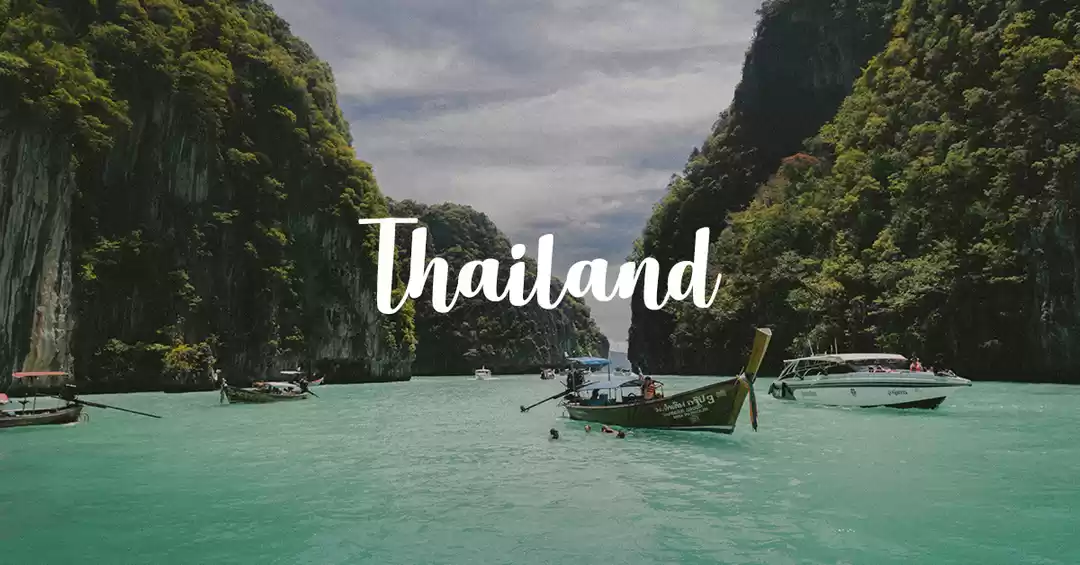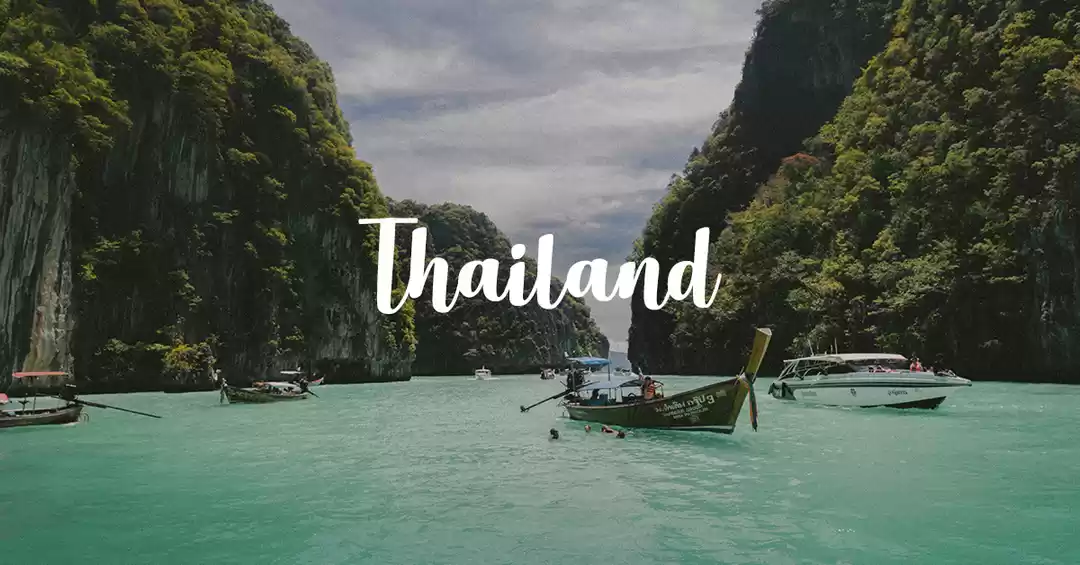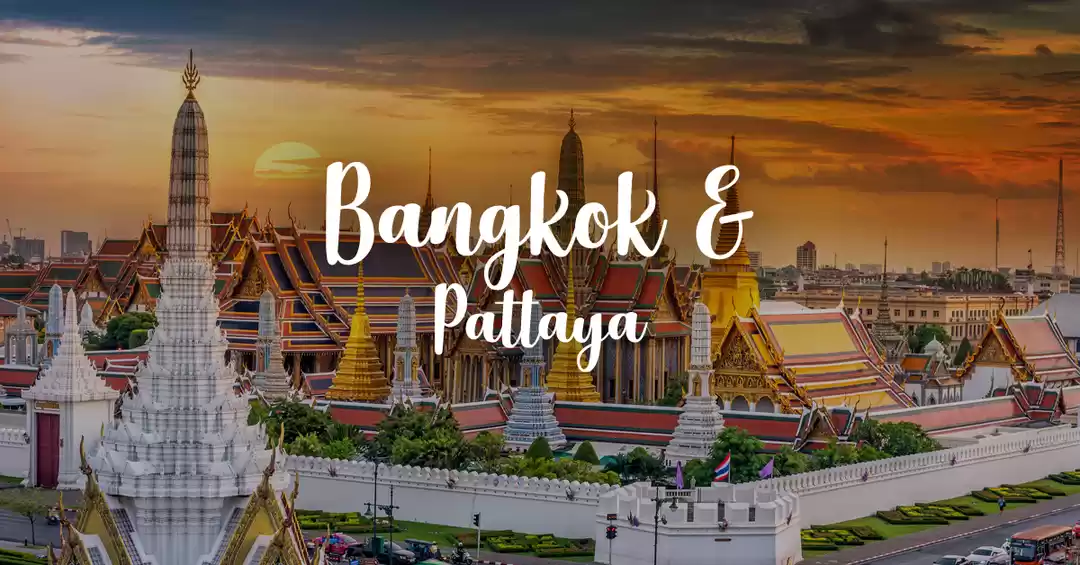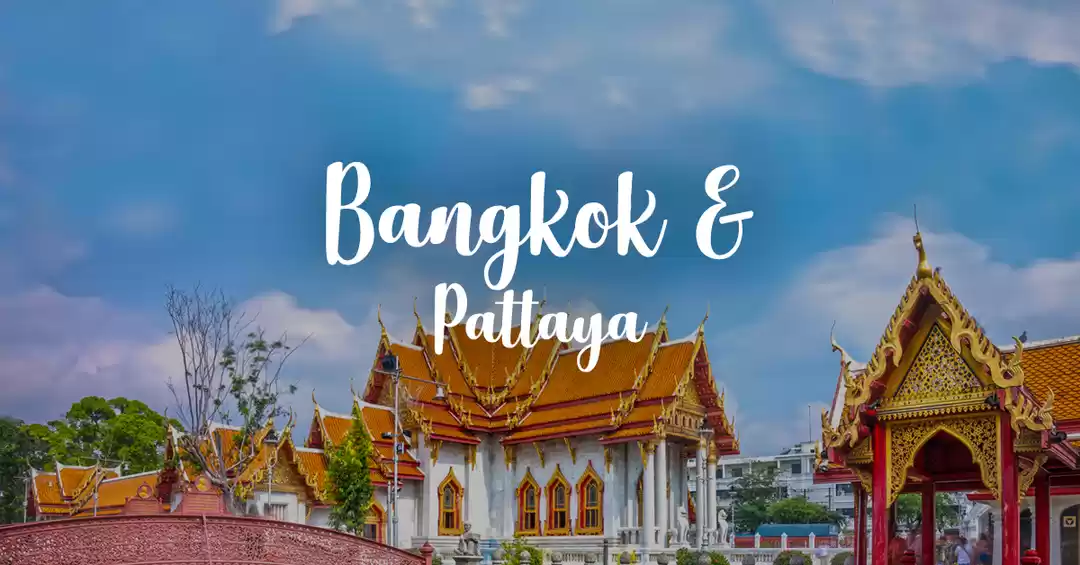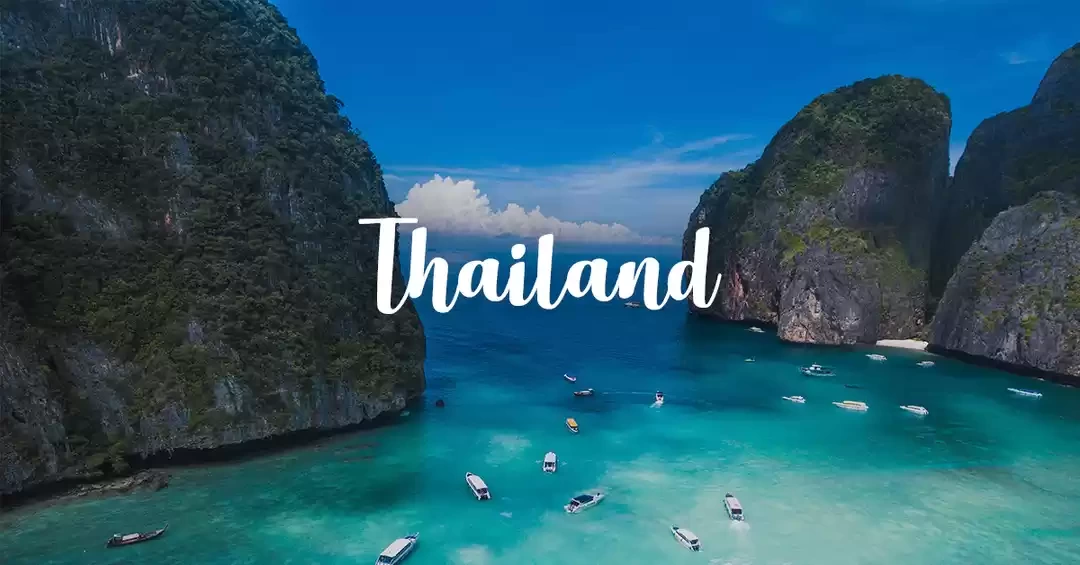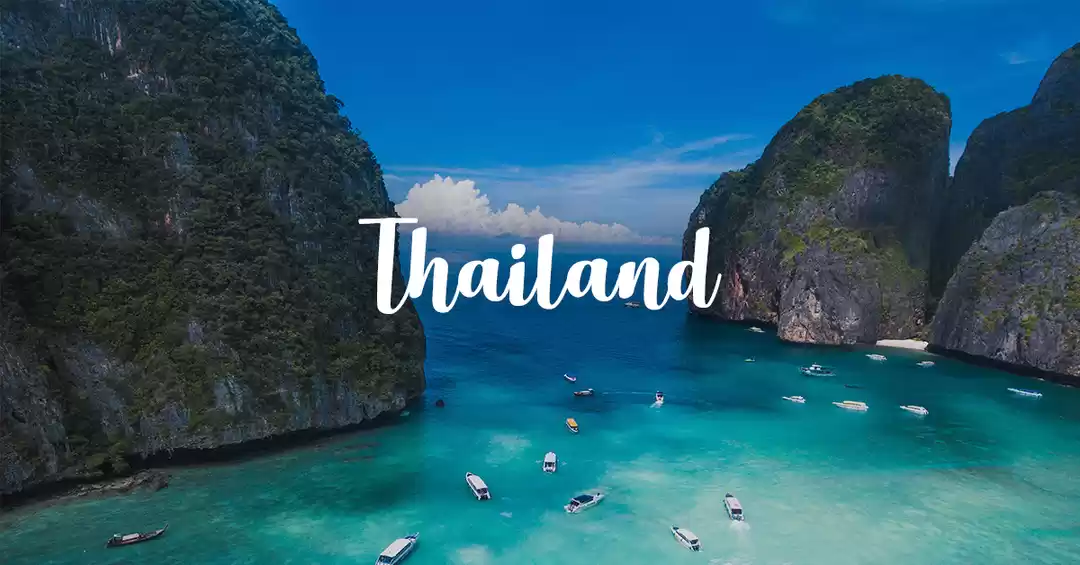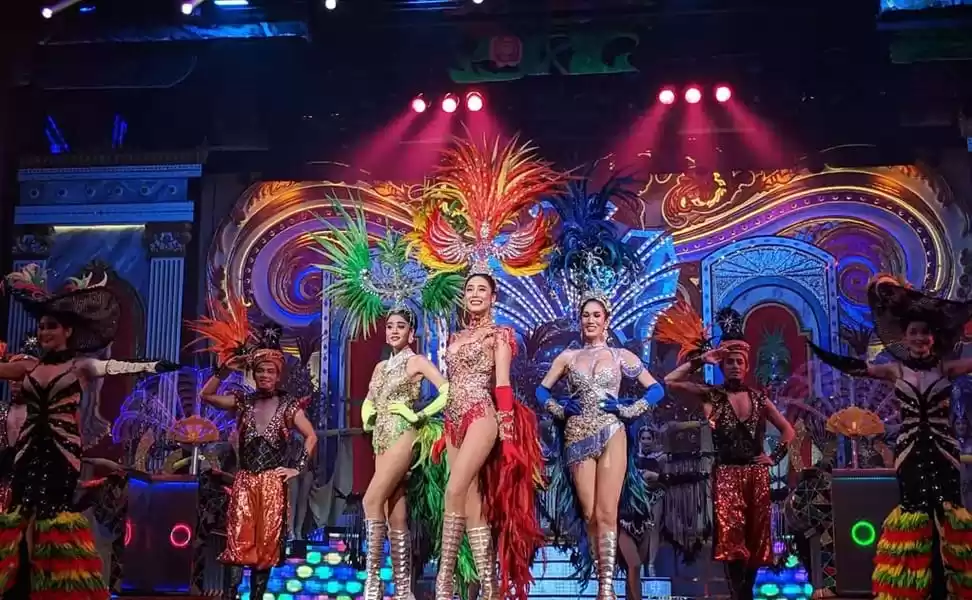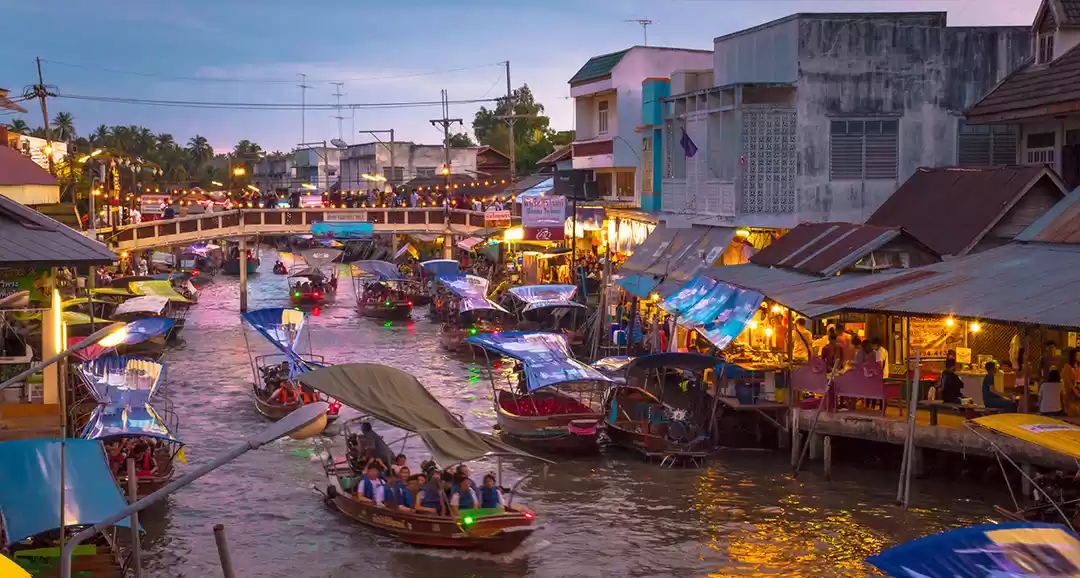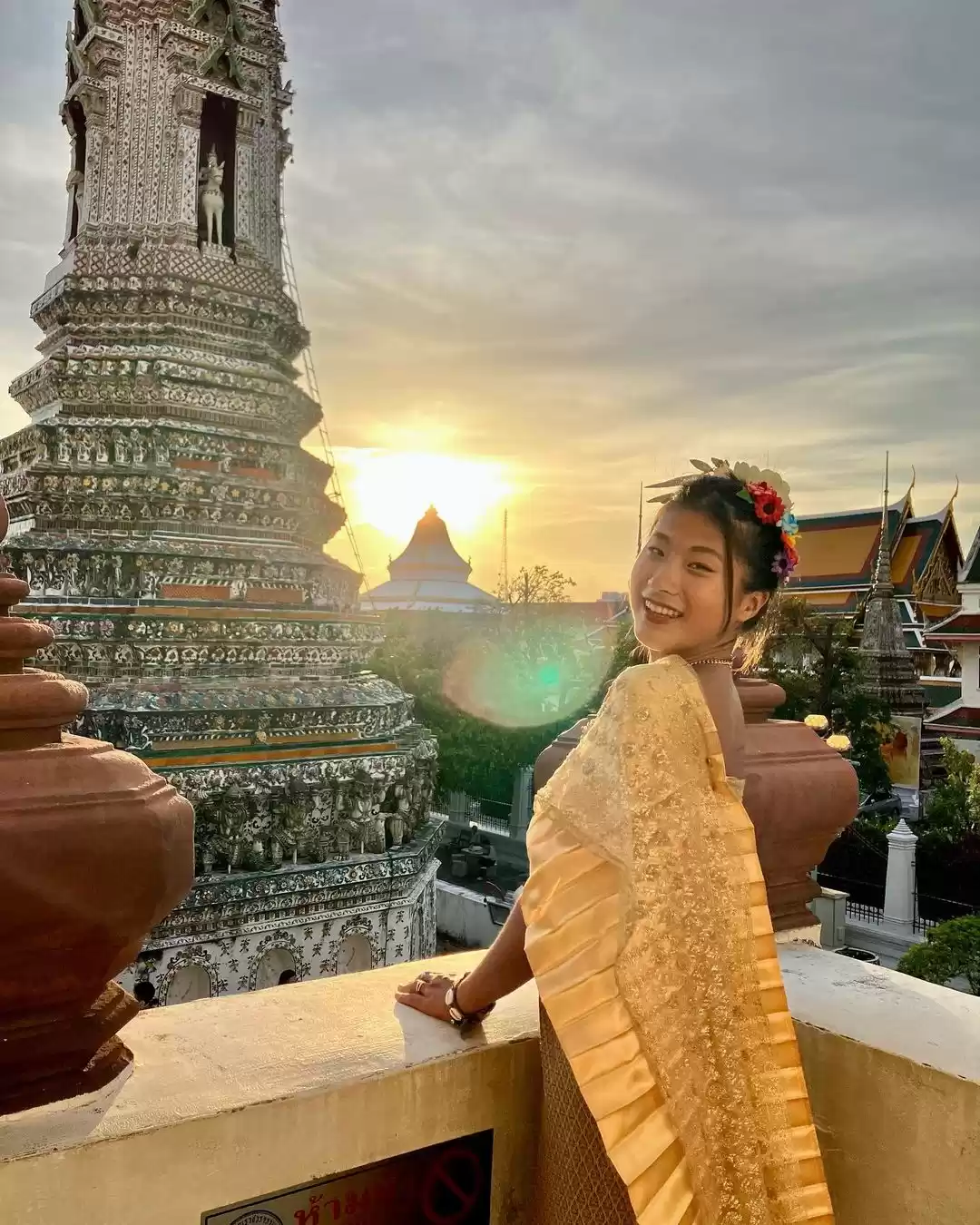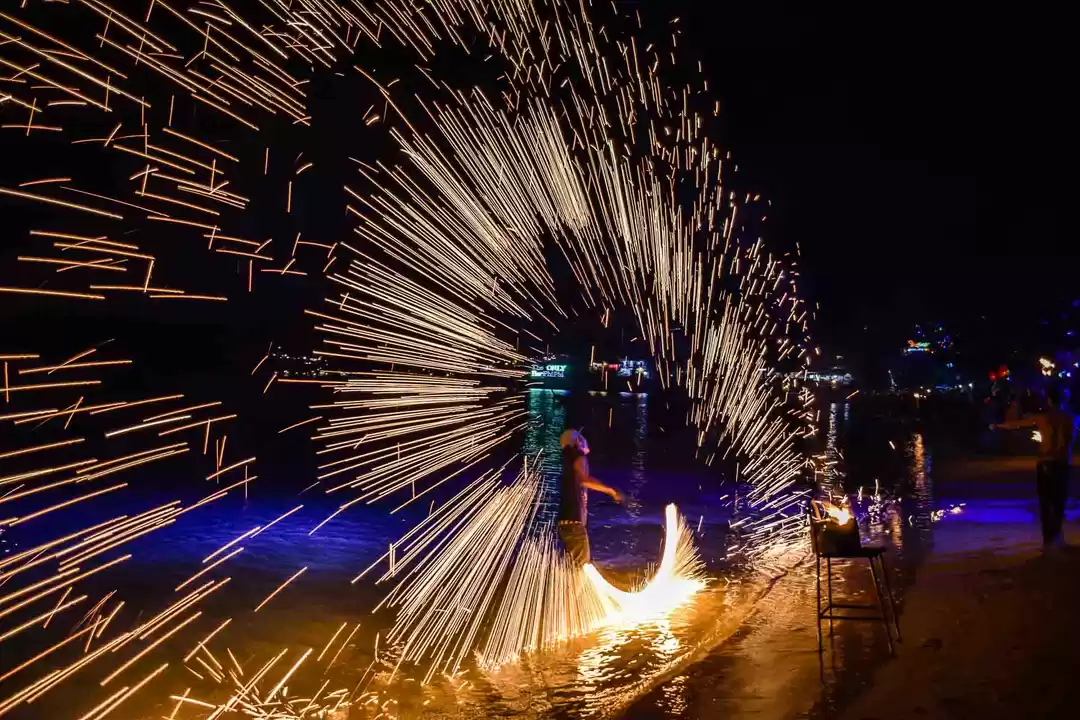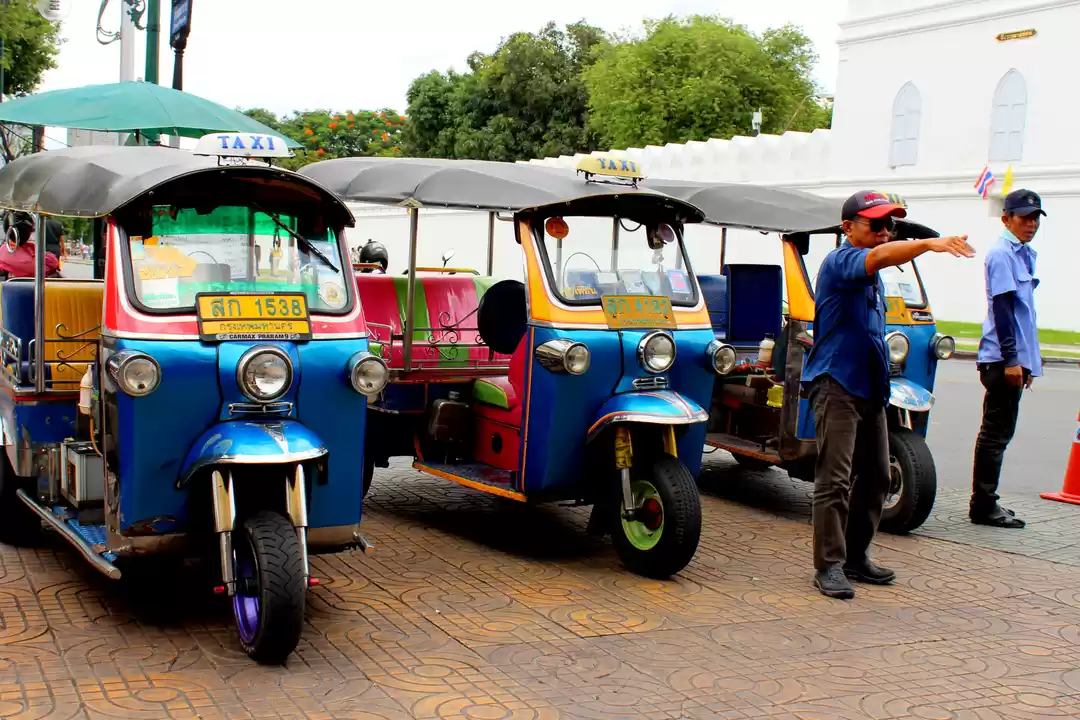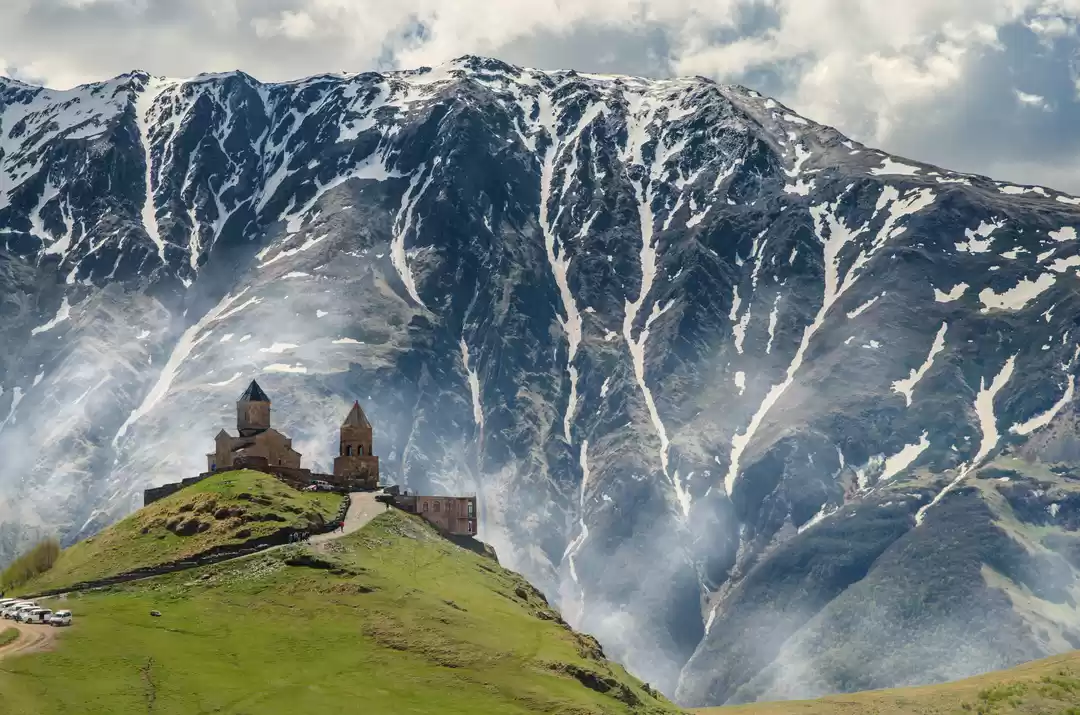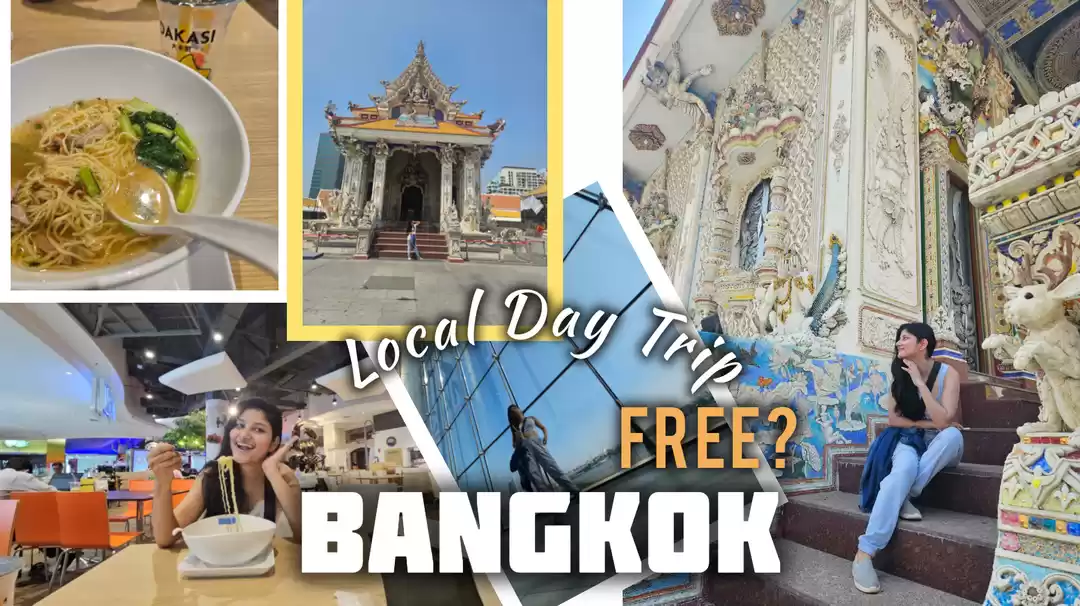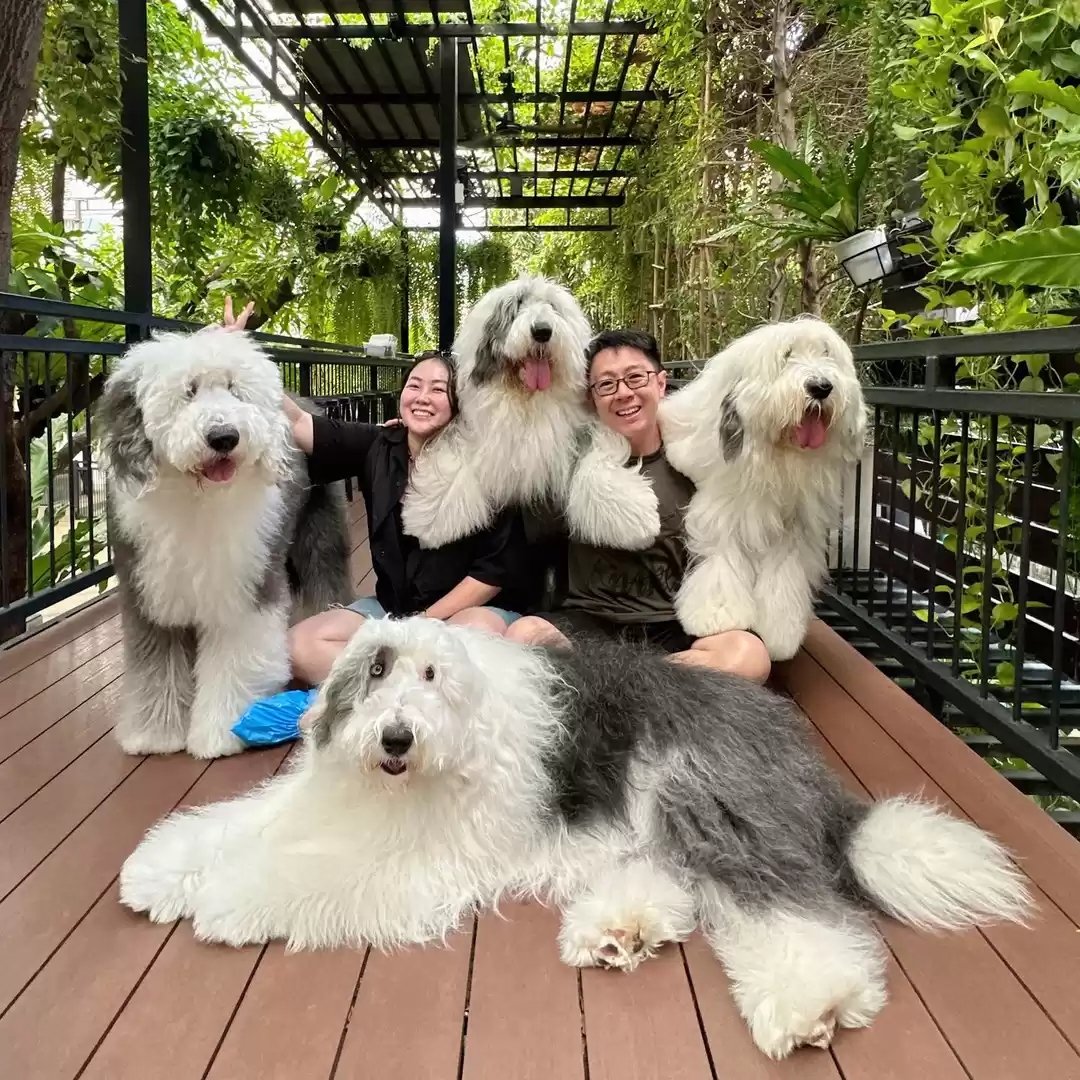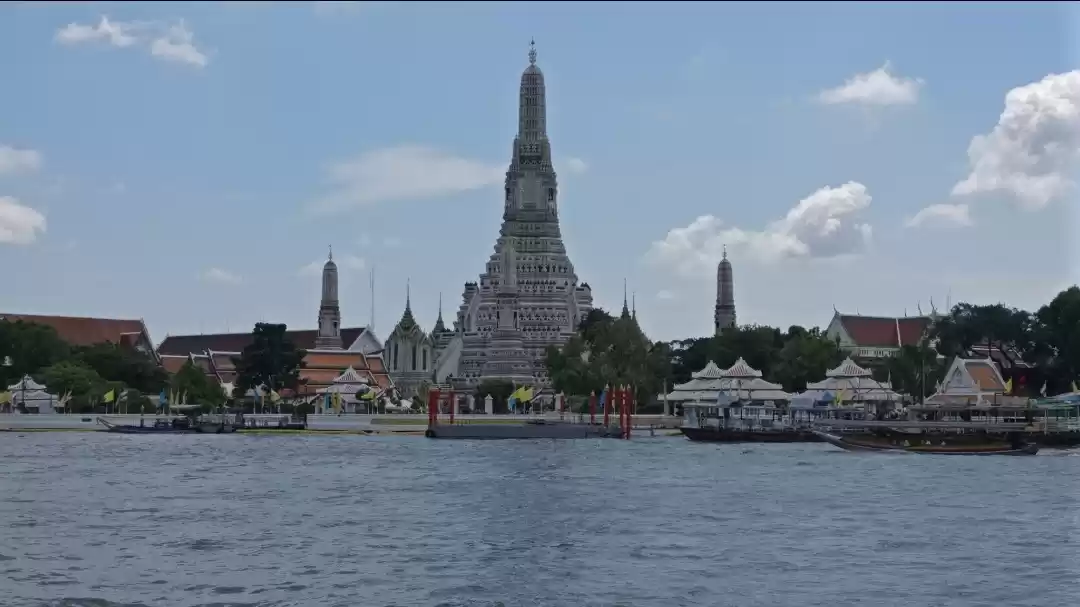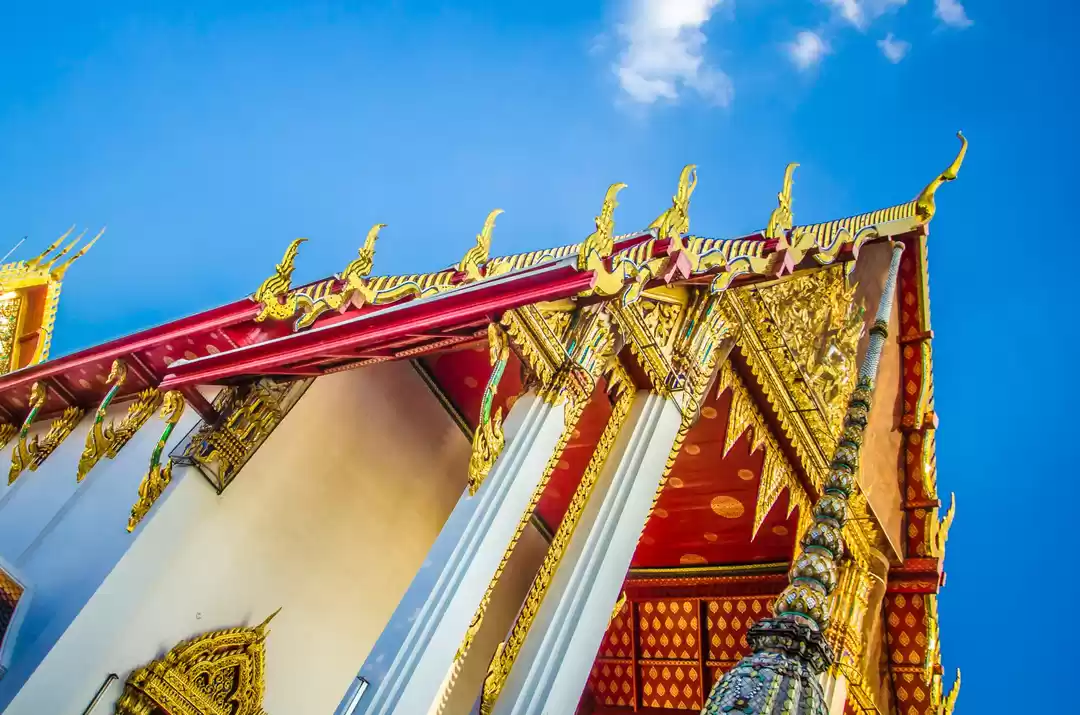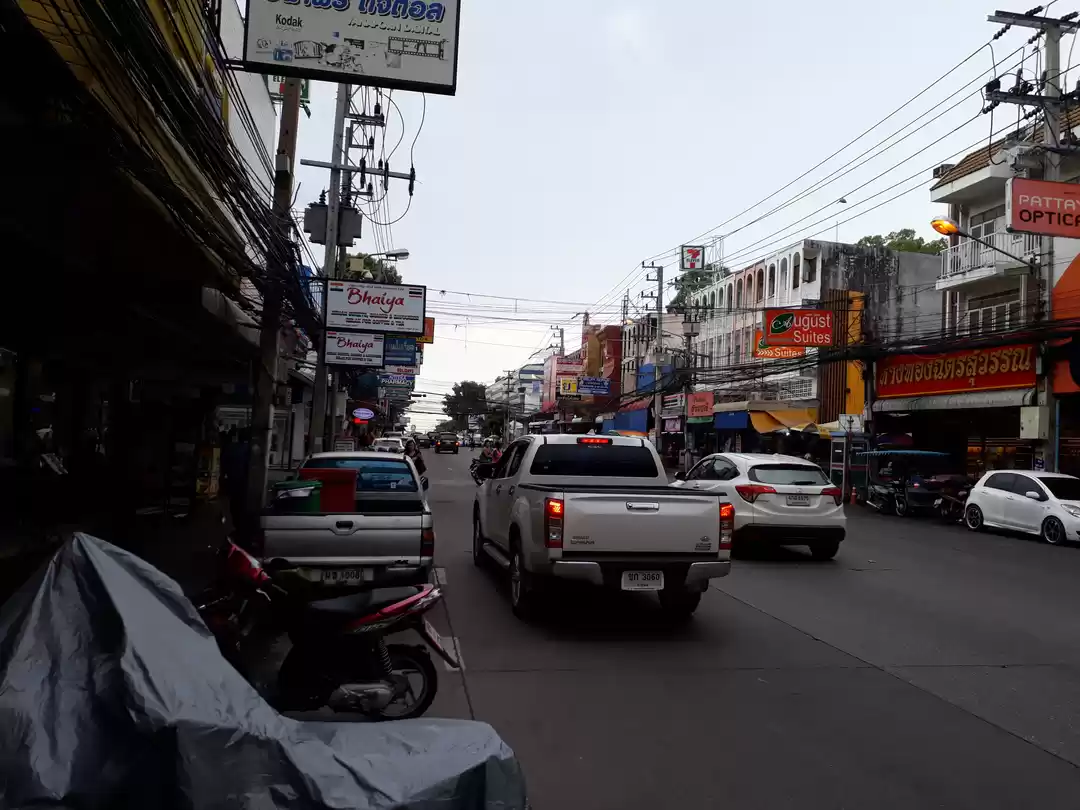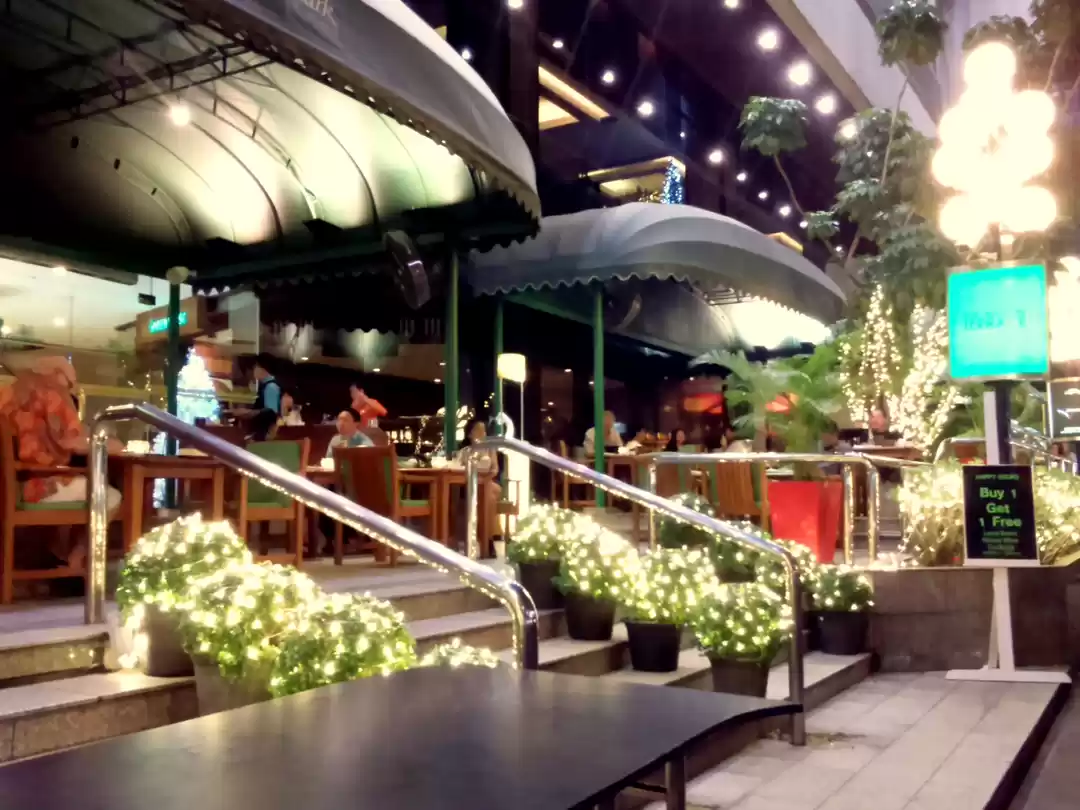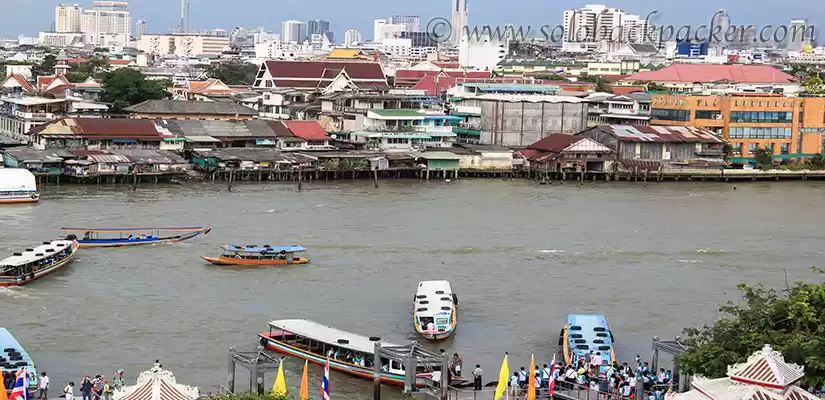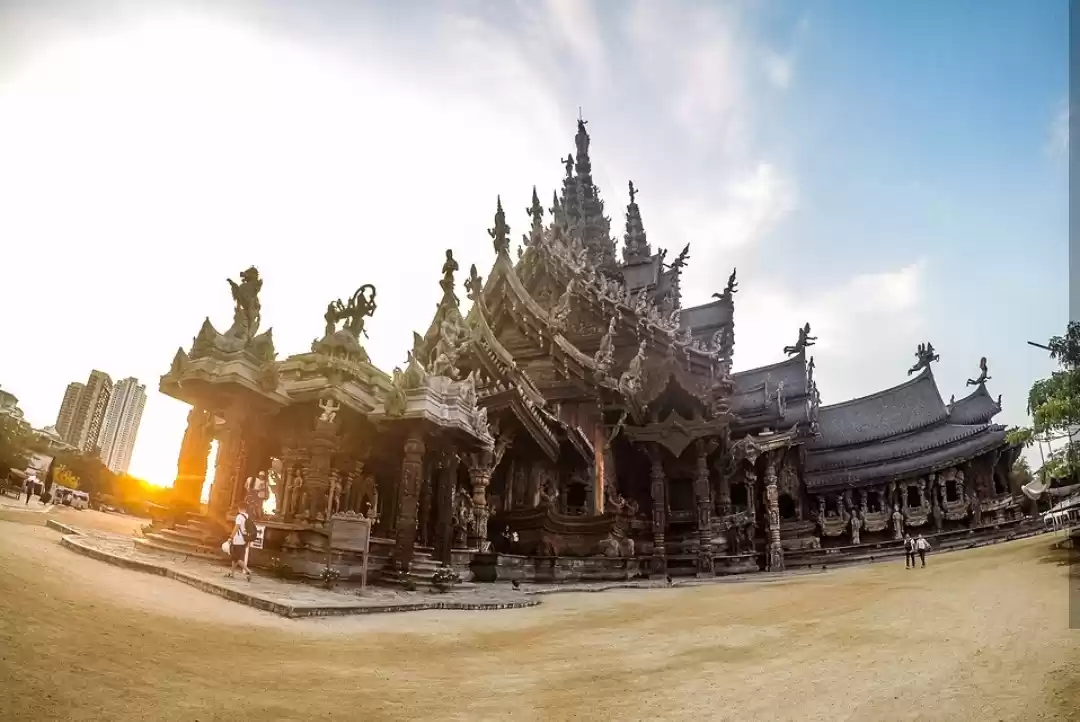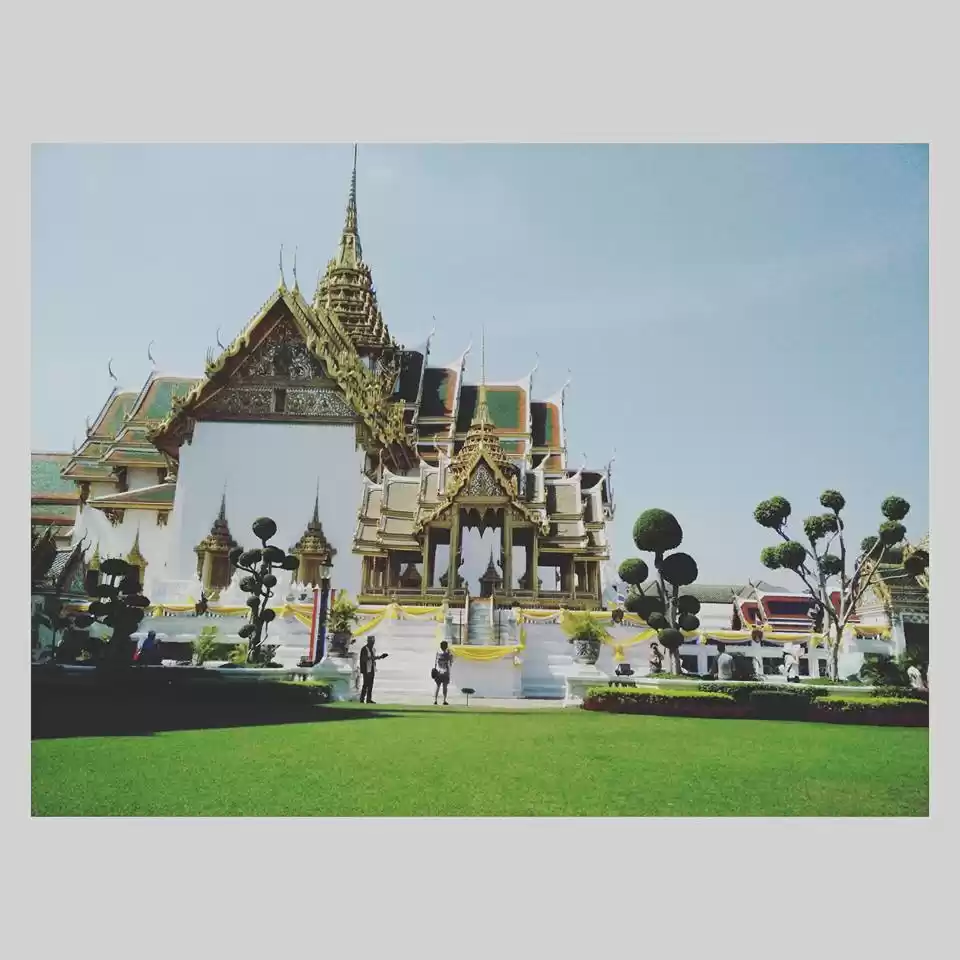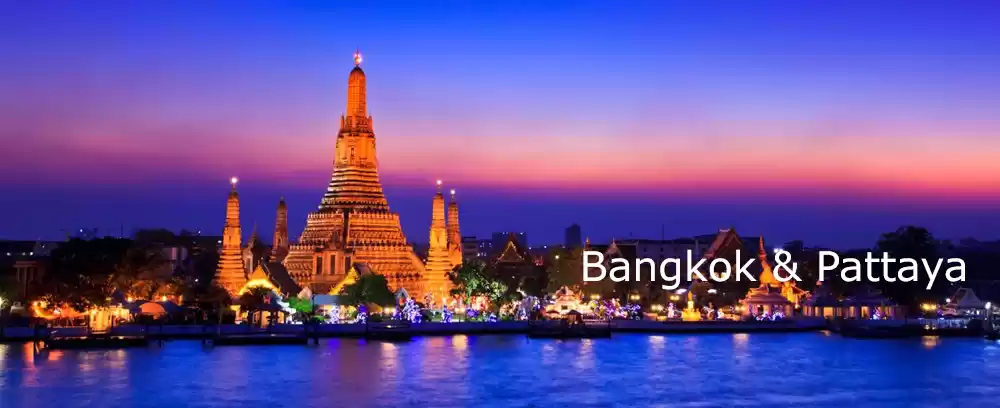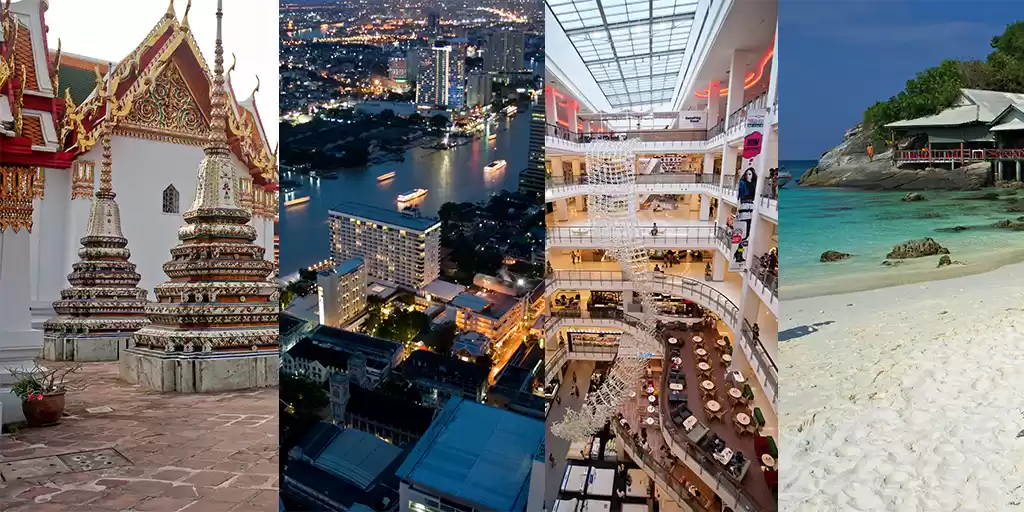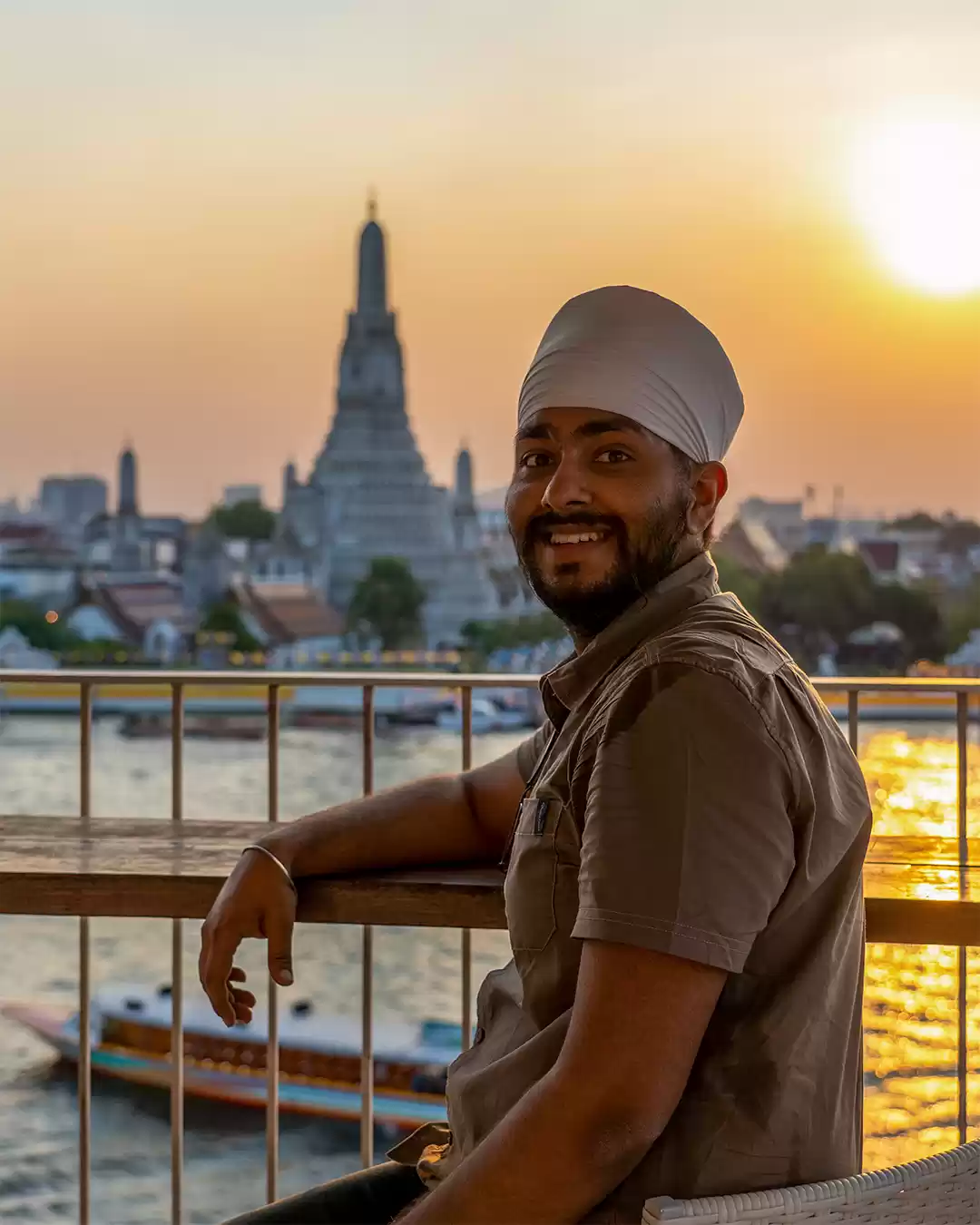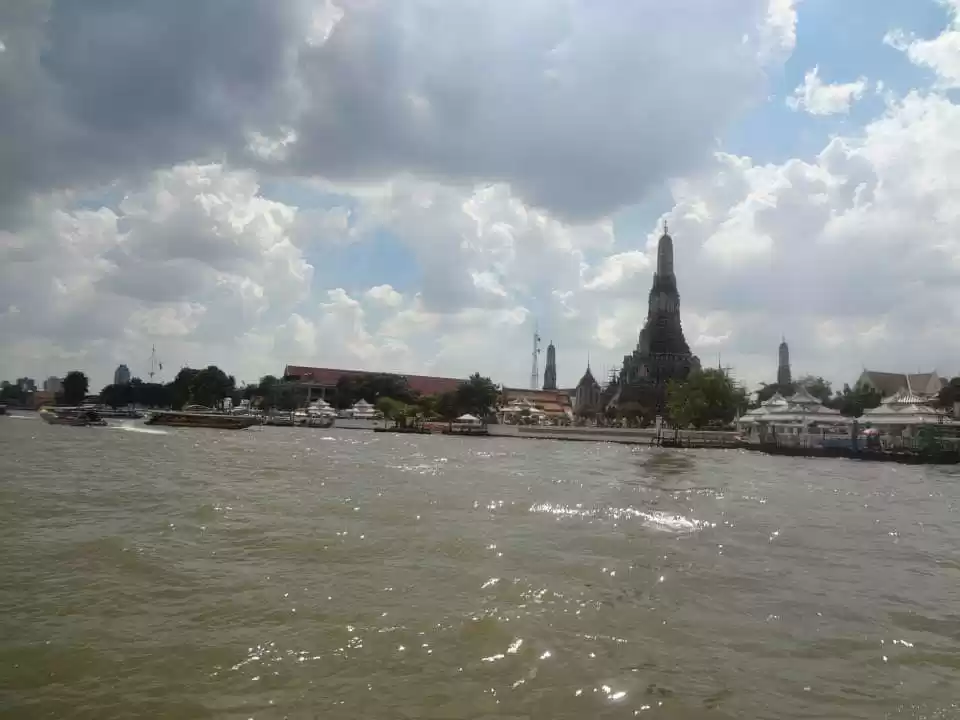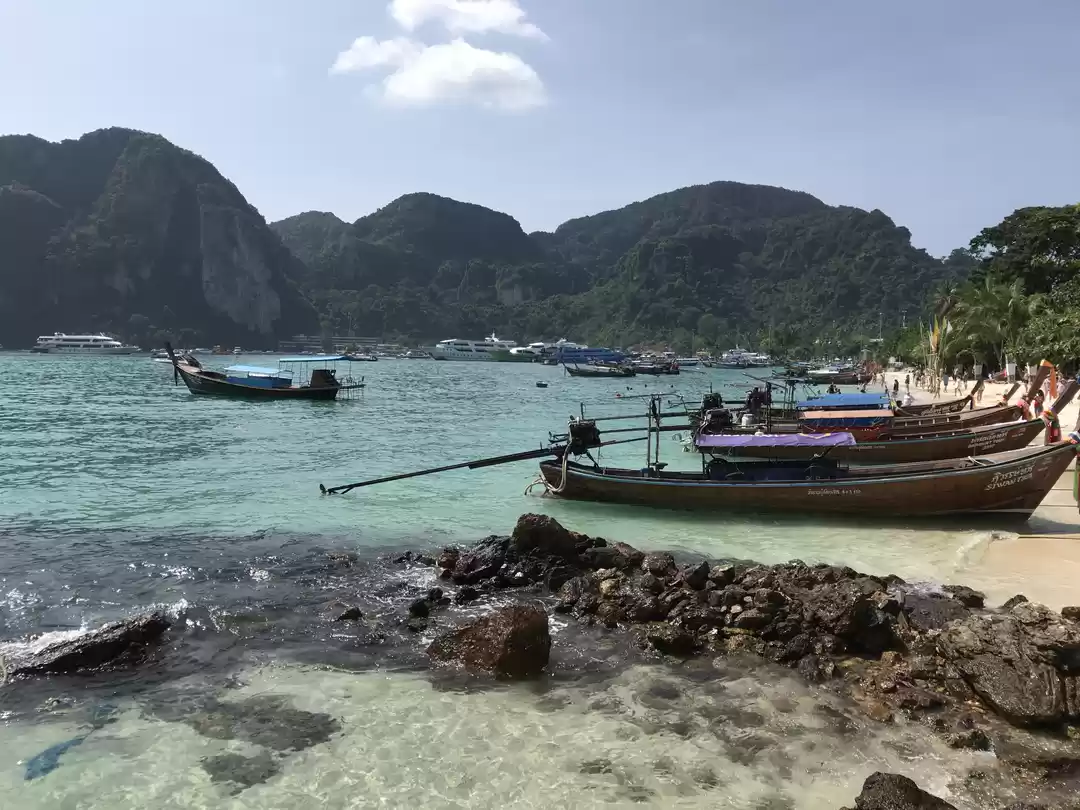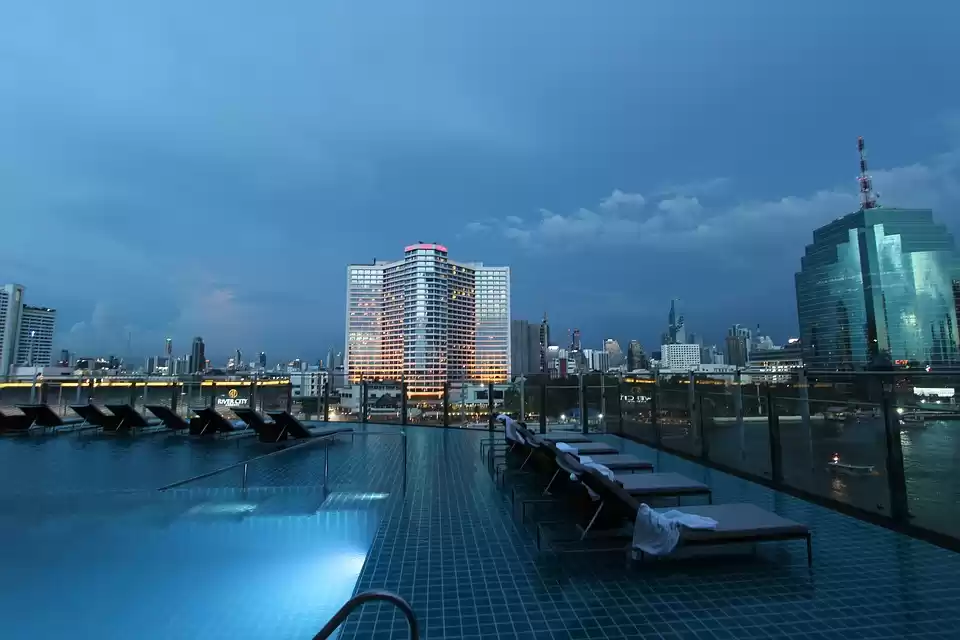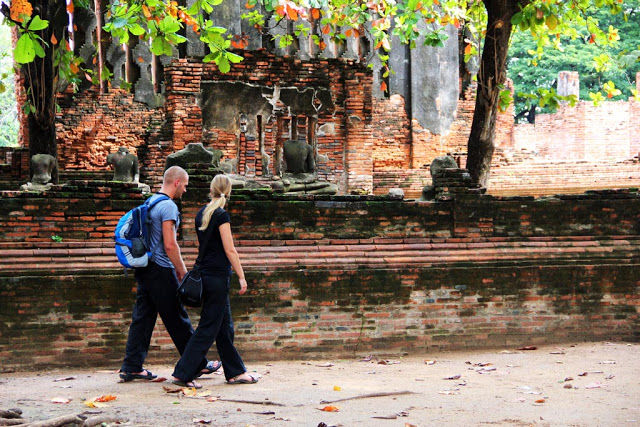
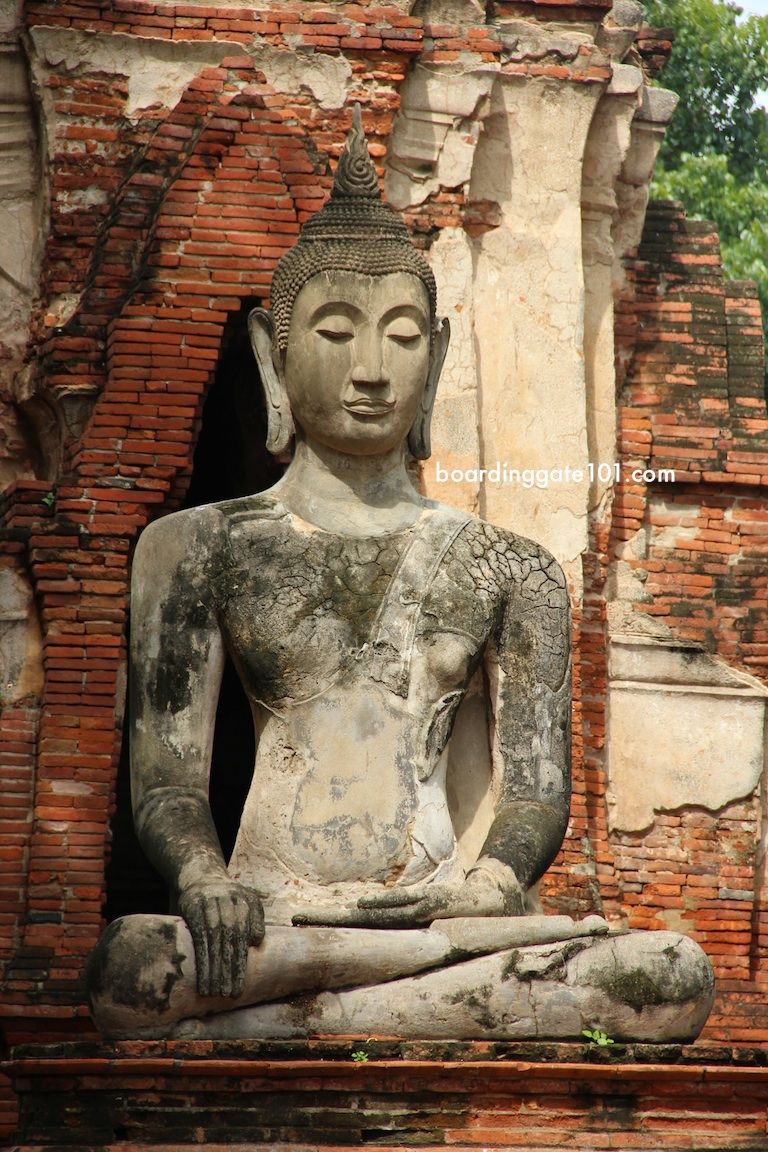
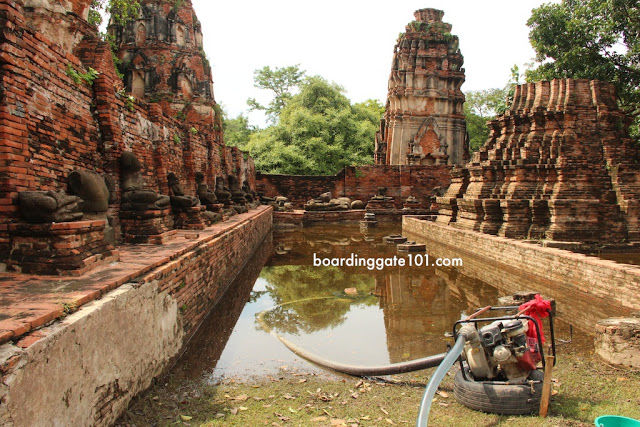
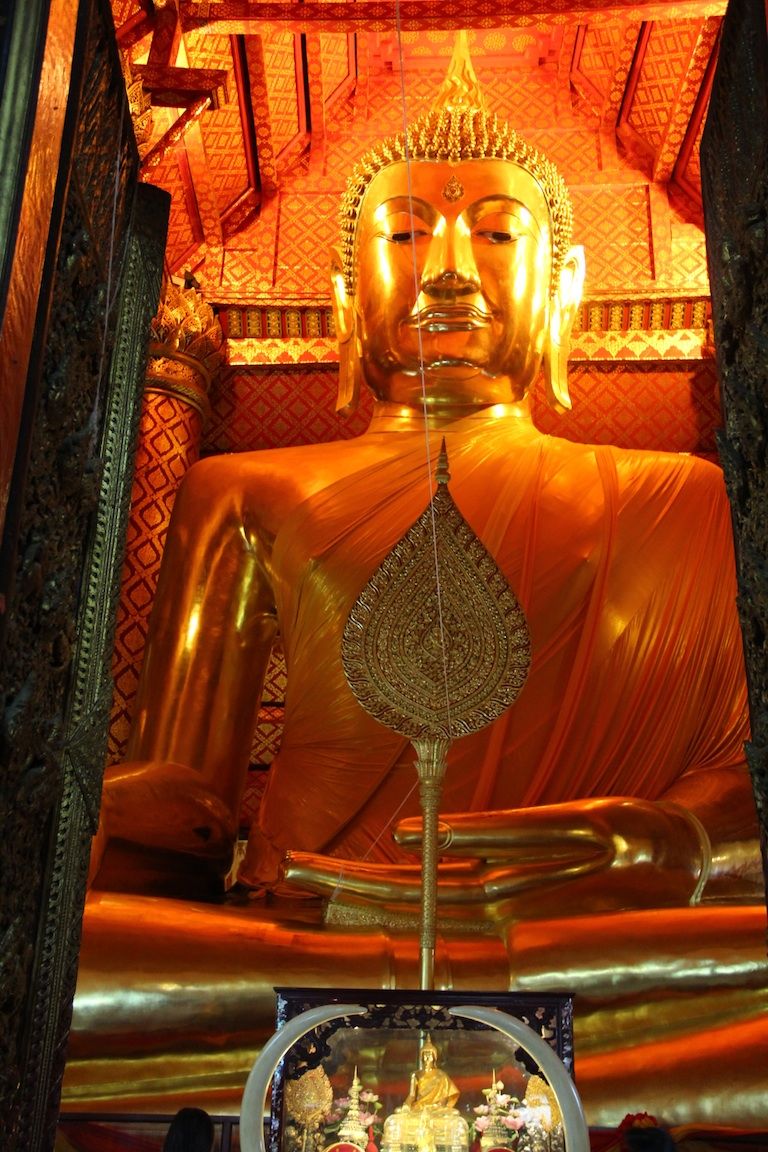
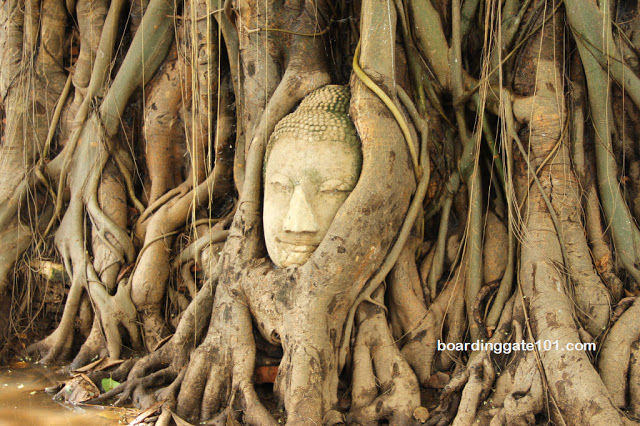
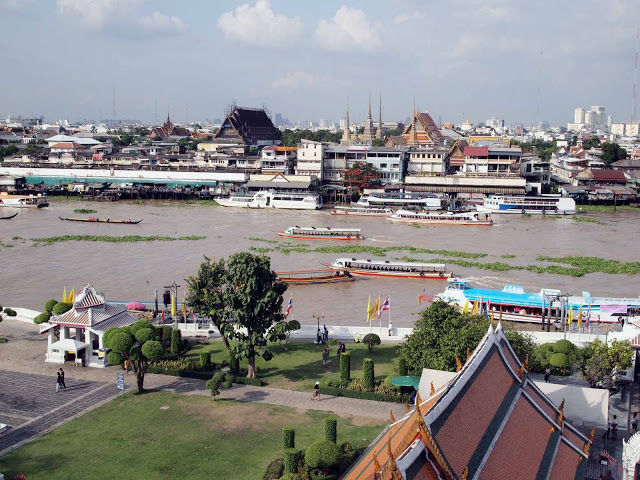
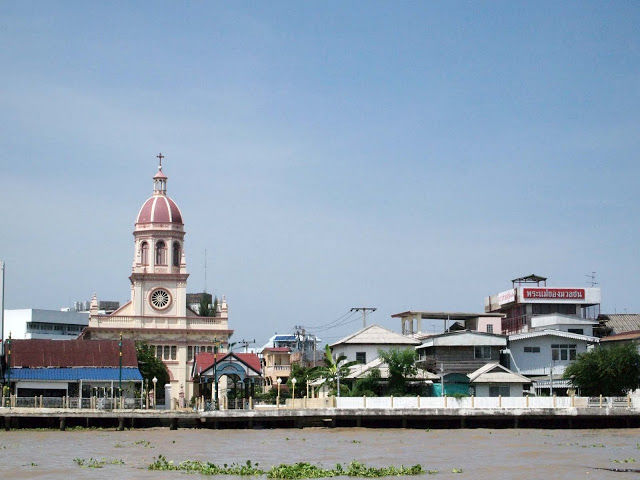
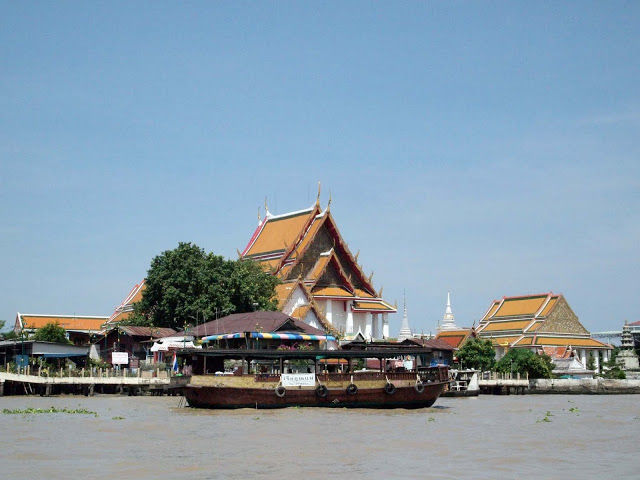
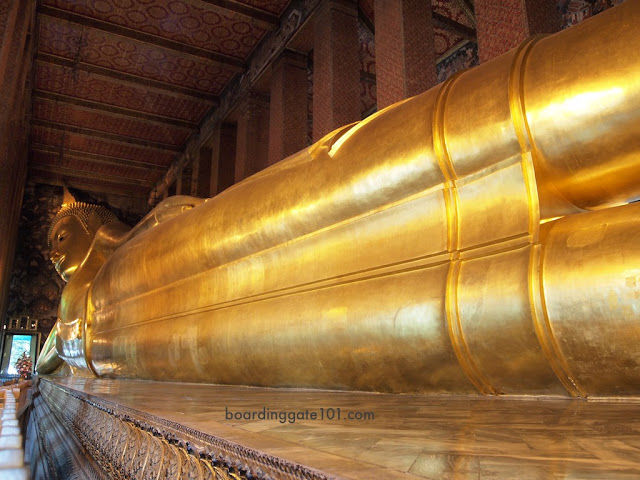
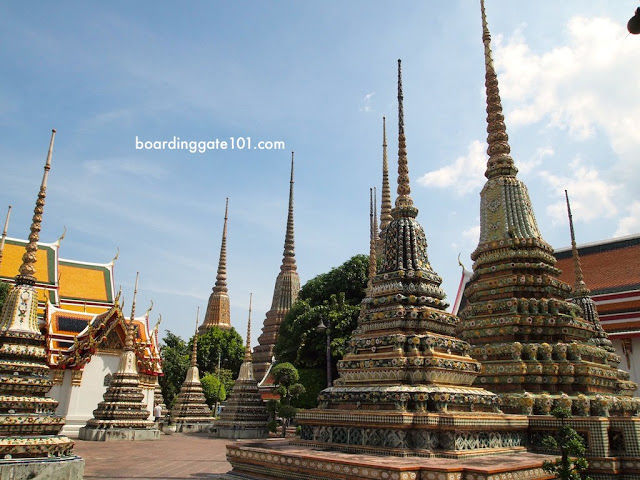
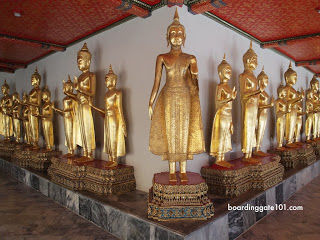
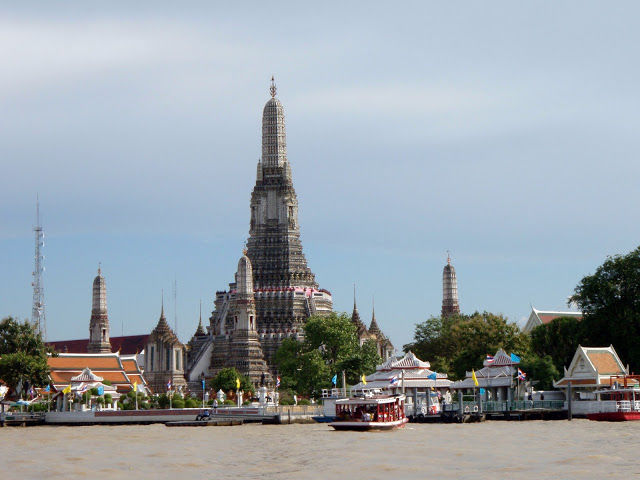
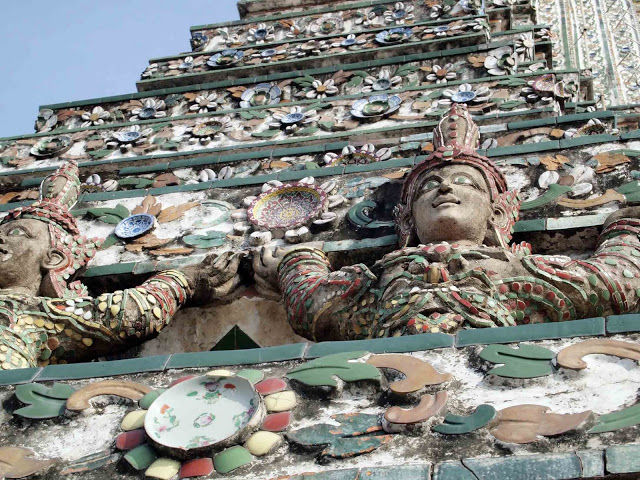
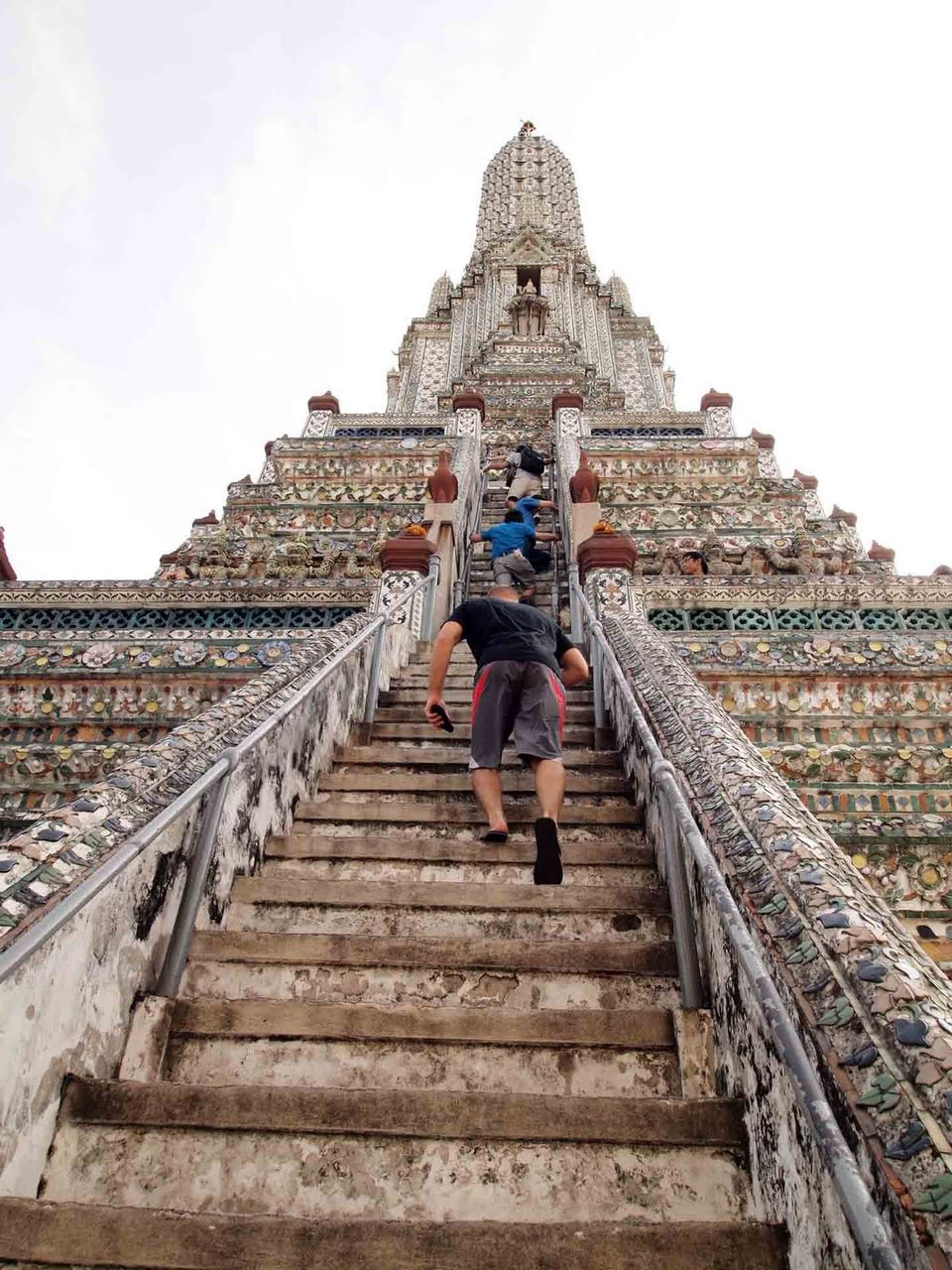
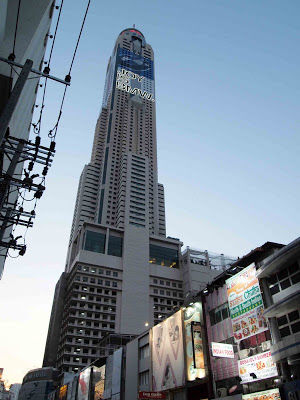
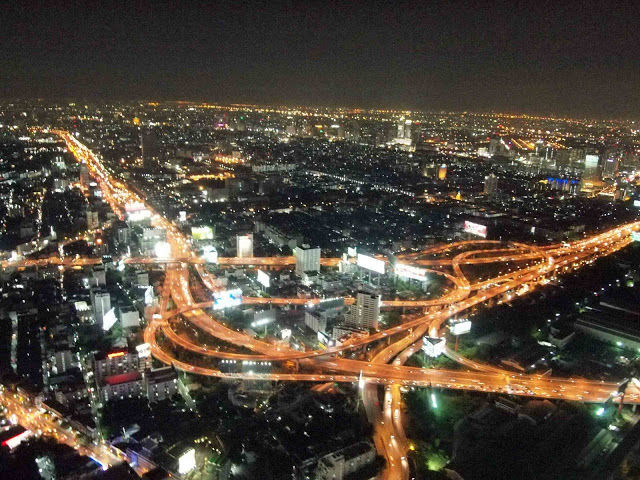

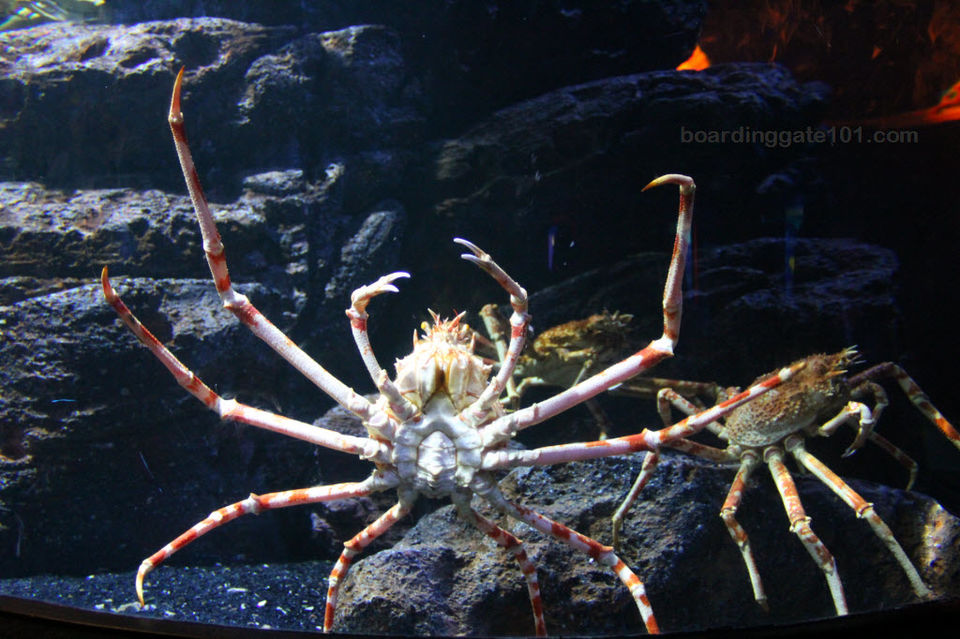

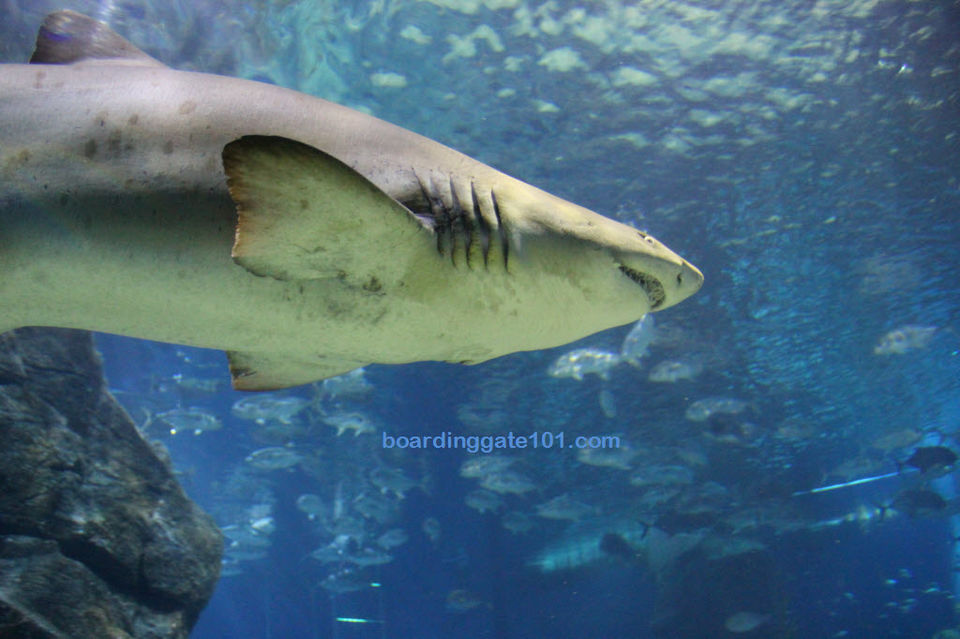
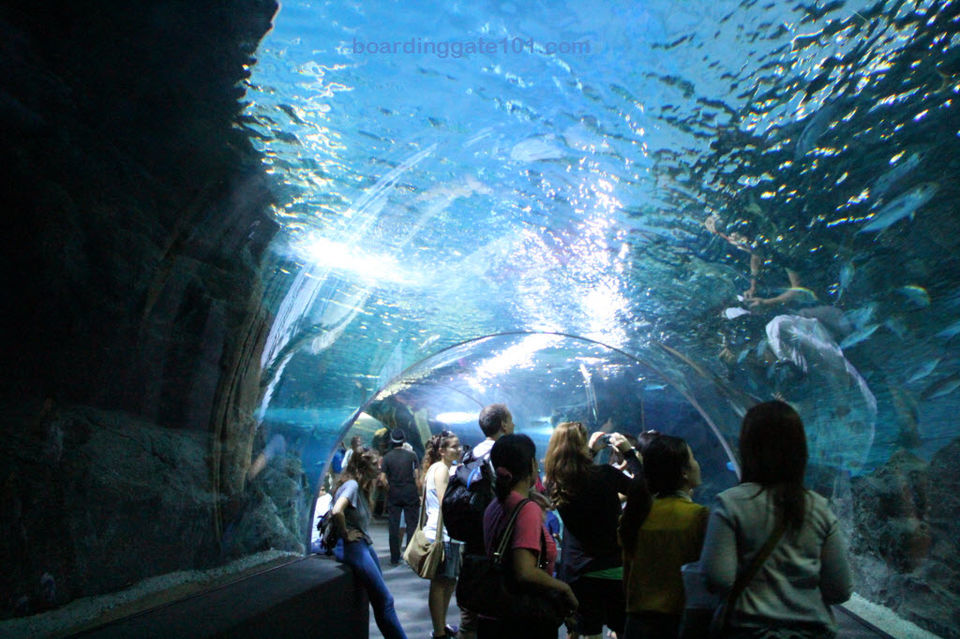
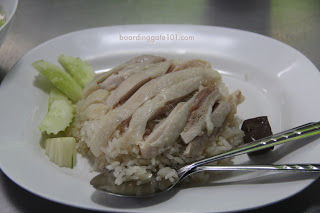
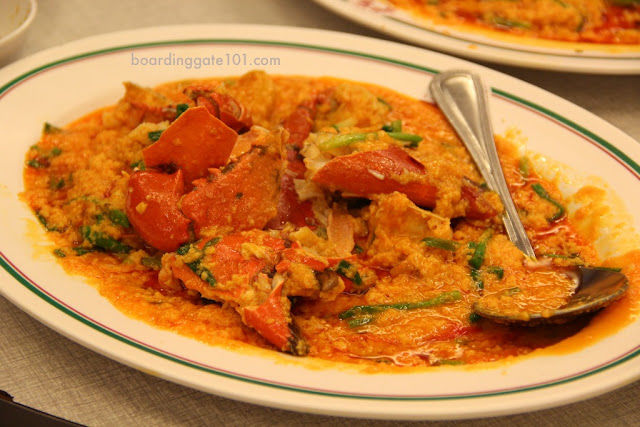
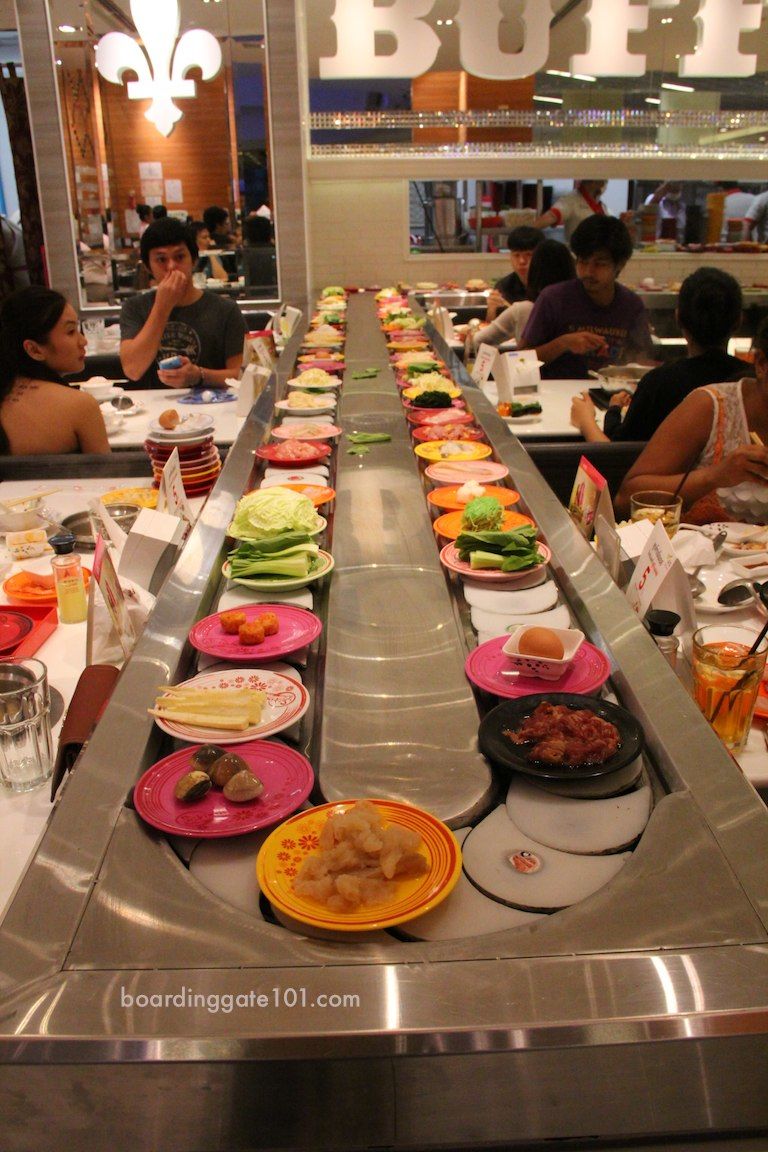
Ayutthaya
How to get there - By train, take one from Bangkok's Hualampong station to Ayutthaya. By bus, take one originating from Mo Chit bus station. It will take 1-2 hours of travel to get to the park.
Useful Info: There is a 50 baht park fee for foreigners
Chao Phraya
Useful info: The Chao Phraya river tourist boat operates from 9:30am to 6:30pm. An all-day pass can be purchased for 150 baht at the Sathorn station, below the BTS station of Saphan Takhsin.
Wat Pho
How to Get ThereThe temple complex is located in Phra Nakhon, in the Rattanakosin district of Bangkok. From the Saphan Thaksin BTS station, take the Chao Praya Express boat then get off Tha Tien station. Go through Thai Wang Rd to get to the temple. Be mindful of the scammers near the entrances.The Grand Palace is just next door, so you may visit both landmarks in one go. Tha Tien station is also where you take the boat to Wat Arun (Temple of Dawn).
Wat Arun
How to Get There: Wat Arun is located at the Thonburi district of Bangkok. It is accessible through the boats that ply along the Chao Praya river. The Chao Praya River tourist boat, which starts at Sathorn pier (near the Saphan Takhsin station of the Bangkok BTS) is the best bet. Get off at N8 Tien station, then take another boat across the river to reach Wat Arun.
Useful InfoThe tourist boat sells an all day pass for 150 baht, and the boat trip from N8 to Wat Arun costs 3 baht. There are no entrance fees to the temple, but watch out for the scam near the entrance.
Baiyoke Tower II
Cruising along the Chao Phraya river, one of Bangkok's main rivers, is one of the most enjoyable and least stressful activity to do while in Bangkok.While the main reason for taking the tourist river boat was to get to the temples located in the north of the city, the trip itself is an adventure.The river, which empties into the Gulf of Thailand, is about 372 kilometers long. It figured prominently in the history of the country.
Wat Pho, also known as the Temple of the Reclining Buddha, is one of Bangkok's well-known attractions. The temple complex, a restoration of an old one originally built on the site, is one of the oldest and largest in Thailand, covering an area of about 80,000 square meters, having been built in 1788. The complex is composed of a monastery where monks reside, a school, several shrines, and 91 stupas, mounds that contain Buddhist relics. The smaller ones contain the ashes of the Royal family, while the large ones contain the ashes of Buddha. There is also a cloister that contain a large number of images of Buddha.The main centerpiece of the temple, of course, is the Reclining Buddha. The statue is 43 meters long and 15 meters high. The feet - four and a half meters long - are inlaid with mother of pearl and decorated with symbols.Along the hall where the statue is are 108 bronze bowls, representing the auspicious characters of the Buddha. People drop coins on the bowls to bring good luck.Also in the complex is a school for massages. It is said that the temple was the birthplace of the traditional Thai massage.
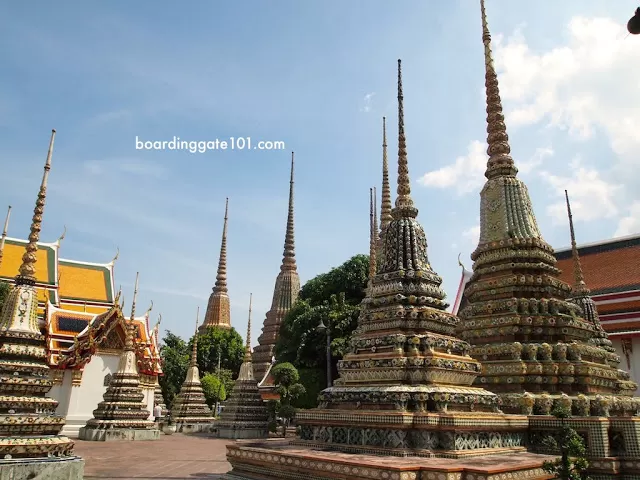
Wat Arun, the Temple of Dawn, is a Buddhist temple located along the bank of the river, in the Thonburi district of Bangkok, Thailand. The temple, named after the Indian god of dawn Aruna, sits adjacent to the Chao Phraya river, and is one of the well known temples of Thailand.Built in 1809, the wat has a central Khmer-style tower called phrang, and is surrounded by four smaller phrangs. All towers were decorated with seashells and bits of porcelain that reflect light during sunrise.The temple was built by King Rama II, whose ashes were buried in the base of a Buddha statue presiding over the temple.We stopped over at the Wat Arun during our second day in Bangkok, a trip that took us to several temples around the city.
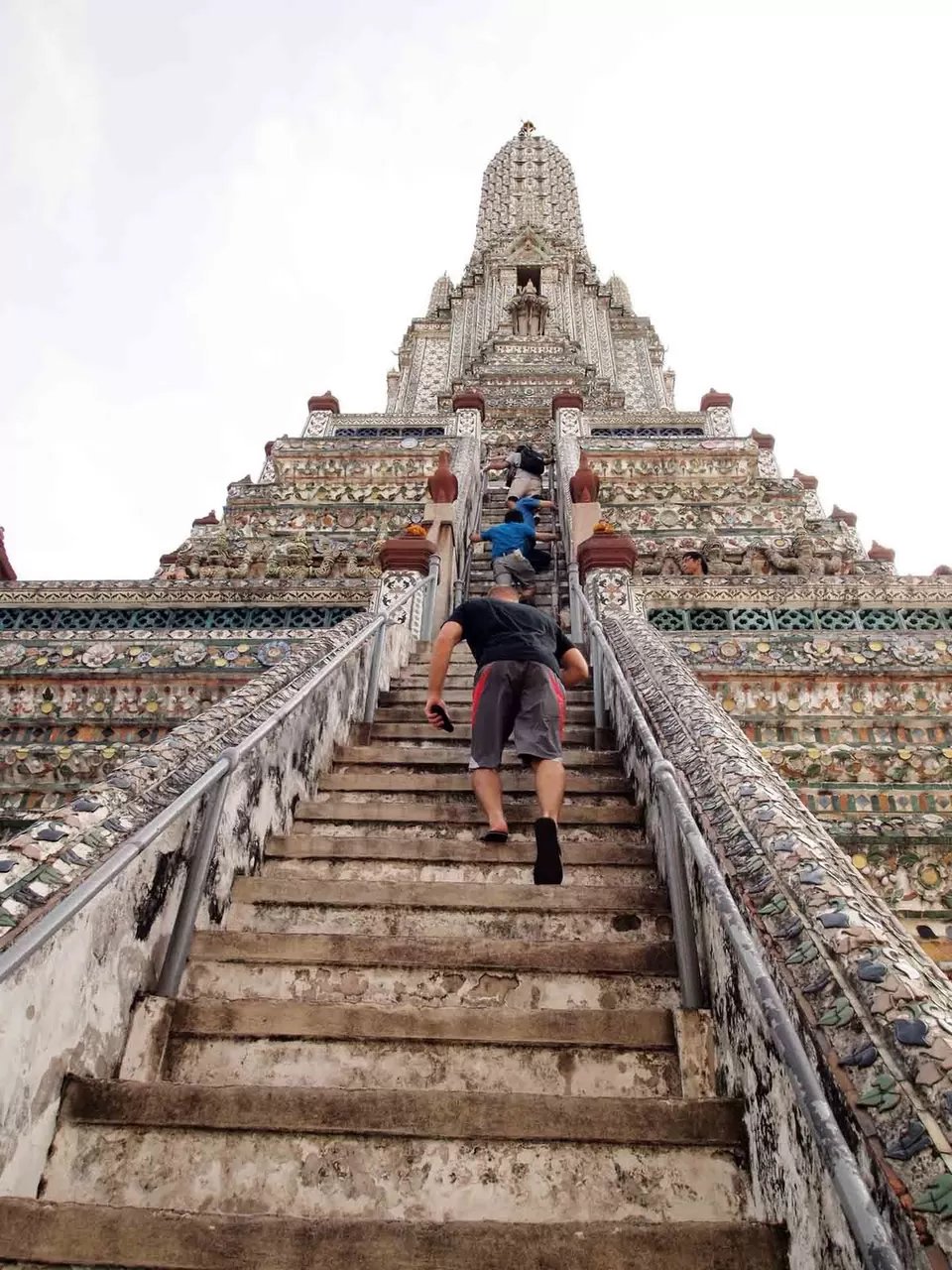
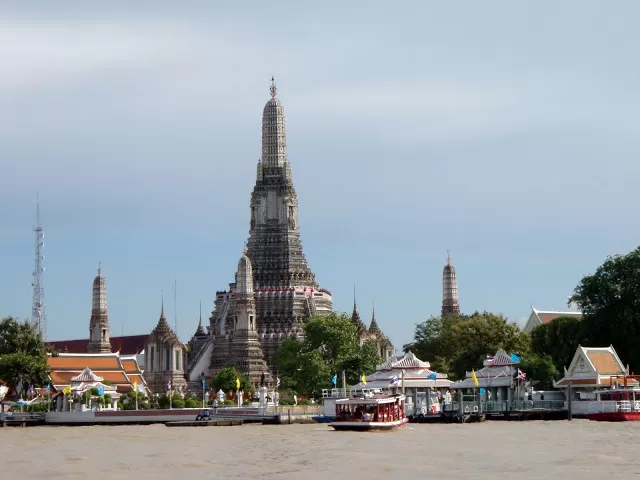
Another city, another supertall to climb up. On my visit to Bangkok, I had the chance to go up Baiyoke Tower II, the tallest building in Thailand. Located in the Ratchathewi district, the building, which contains the Baiyoke Sky Hotel (the tallest hotel in Southeast Asia) is 304 meters tall. In itself, the design of the building is quite bland, but the view from the top is great. The revolving observation deck, which gives a 360 degree view of downtown Bangkok, is in the 84th floor. There is also a public viewing area at the 77th floor.A bar, called Rooftop, is located a floor below the revolving deck and is perfect for chilling out with a cocktail while admiring the Bangkok skyline.
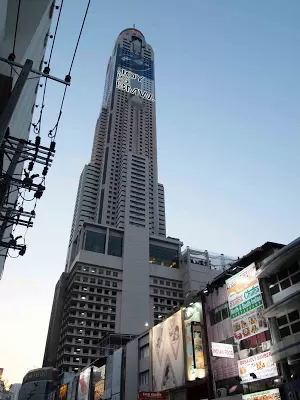
Nestled below the posh Siam Paragon mall in Sukhumvit, Bangkok is the Siam Ocean World oceanarium. It is one of the largest in Southeast Asia, just a tad bigger than the Manila Ocean Park, at 10,000 square meters. I visited the oceanarium on my third visit to Bangkok, during the food tour. The aquariums were grouped into zones, seven in all: Weird and Wonderful, Rain Forest, Deep Reef, Rocky Shore, Living Ocean, Open Ocean, and Jellies. The Weird and Wonderful section contain several cylindrical aquariums housing weird creatures, such as the giant spider crabs, sea horses of all shapes, and mollusks that somehow resembled Admiral Ackbar of Star Wars. The Rain Forest also has its share of strange animals, not just fishes. I was particularly fascinated with the lung fishes, some albino-colored cave fishes with two hind legs, some rodents that swim, and a chameleon, staring at the onlookers with its multi-colored eyes.The Deep Reef, containing large tanks, are populated with a multitude of fishes, swimming around the artificial corals and rocks set in the aquarium. Penguins and other marine animals populate the Rocky Shore. Midway through the exhibits we entered a room to board glass-bottomed boats to observe the fishes from a different angle. We were also able to see the machineries that responsible for the upkeep of the aquariums, and we saw where they are breeding some of the fishes and shells. After taking the glass-bottomed boats, we went through the 270-degree acrylic underwater tunnel to the Open Ocean, where sharks, stingrays and groupers abound. The size of the aquarium was impressive, but the number of shark species and sharks were a bit of a letdown (Manila Ocean Park has more sharks). I did enjoy the last part before we exited - the jellyfishes. I'm allergic to jellyfish stings in real life, but I find them fascinating. Seeing them in LED-lighted aquariums is the best way to observe them, as it removed the possibility of being stung. But it's a biatch to take pictures of them. It took Arvy several tries to take that picture of the jellyfish above, and all my efforts turned out to be blurry blobs. There are other activities in the Siam Ocean World that we didn't do, such as disturbing the starfishes in the "petting zoo," feeding the sharks and otters, having fishes eat our foot callouses in the fish spa, and scuba diving in the aquariums to encounter the sharks.

This restaurant is said to be owned by a celebrity. It is tucked behind a mall, and its specialty is broiled chicken served over rice.


this one, found in Bang Rak, has a decidedly upmarket feel to it. The speciality of the Chinese restaurant is curry crab.
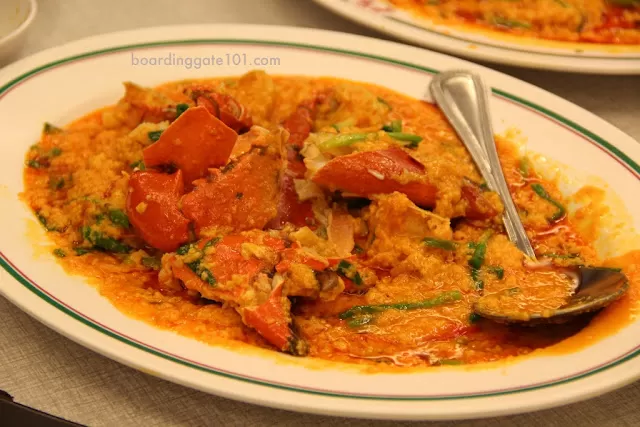
The restaurant features a moving conveyor belt laden with fresh ingredients that range from meat, fish, seafood, mushrooms, and vegetables that you cook in a pot on your table. Sky's the limit here, so be sure to come in with empty stomachs.

The story of Ayutthaya always fascinated me. The capital city of the kingdom with the same name, it became one of the largest cities in the world at the height of its power - with a population reaching 1 million in 18th century. The kingdom, also known as Siam, had several vassal states around mainland Southeast Asia; its conquest was responsible for the destruction of Angkor, the seat of the Khmer empire, in what is now Cambodia, in 14th century. It was a bit of irony that the same fate befell the kingdom several centuries later. Months of sieges by the Burmese in 1765 brought the city to its knees; the invaders burned the city and killed practically everyone, including the king.The degree of the destruction was still visible today. The old city is now a historical park, bearing the scars of war that were punctuated by the crumbling prangs scattered along the complex. Ayutthaya is about 76 kilometers away from Bangkok. We arrived at the park just before noon, and there were not a lot of visitors yet. Several weeks before we came the complex was flooded due to heavy rains, and we can still see the water pumps siphoning water from the grounds.The complex, declared a UNESCO World Heritage site in 1981, was a lot bigger than I imagined it to be. We have to take the mini-bus to go from one wat to another.
How to Get there: Taking the BTS train, you may get off at Siam or Ratchathewi station and walk to the direction of the building. The supertall is not easy to miss. There is a 250 baht entrance fee to get to the observation deck, but it comes with a free drink at the Rooftop.
Siam Ocean World
How to Get ThereSiam Ocean World is located at the basement of Siam Paragon mall. It is accessible using the BTS Skytrain - get off Siam Station and take Exit 5 to the mall.
Useful Info: The oceanarium is open from 10 am to 9pm, last entry an hour before closing. Price for adults is 900 baht, 700 baht for children.
Along its banks dot the structures that give witness to the past: temples, churches, government and royal buildings and forts. During the ride from Sathorn station up to Phra Atit, we saw Wat Arun, the Sta. Cruz church (built by the Portugese in 1770), the Wichai Prasit fort, the Holy Rosary church (also built by the Portugese in 1786), the former trading house of East Asia Trading company, the first headquarters of the Siam Commercial Bank (built in 1906) and of course, the bridges that criss-cross the river to connect Bangkok with the Thonburi district. Phra Atit is also the terminal point to get to the backpacker haven of Khao San Road.

The first site that we visited was Wat Mahathat, in which the most notable feature was a buried head of the Buddha, made of sandstone and covered by the roots of a bodhi tree.Several prangs, or spires, are already leaning and on the verge of falling down. Several headless statues also dot the red adobe walls of the complex, silent witnesses to the destruction that happened several centuries ago.
After Mahathat we also visited Wat Lokayasutharam, which has a 32-meter long reclining statue of the Buddha, and then Wat Phanan Choeng, on the east bank of Chao Phraya river . This temple houses a 19-meter high gilded statue of Buddha, called the Luang Pho Tho, dating back to 1334. The statue is revered by the Thais and the Chinese, and is a popular site to visit in the park.

Frequent searches leading to this page:-
Thailand tour package 3 days 2 nights, Thailand tour package from, Chennai Thailand tour package from Delhi, top Thailand tour packages with price, best Thailand tour packages for couple with price, best Thailand tour packages with price from Delhi

